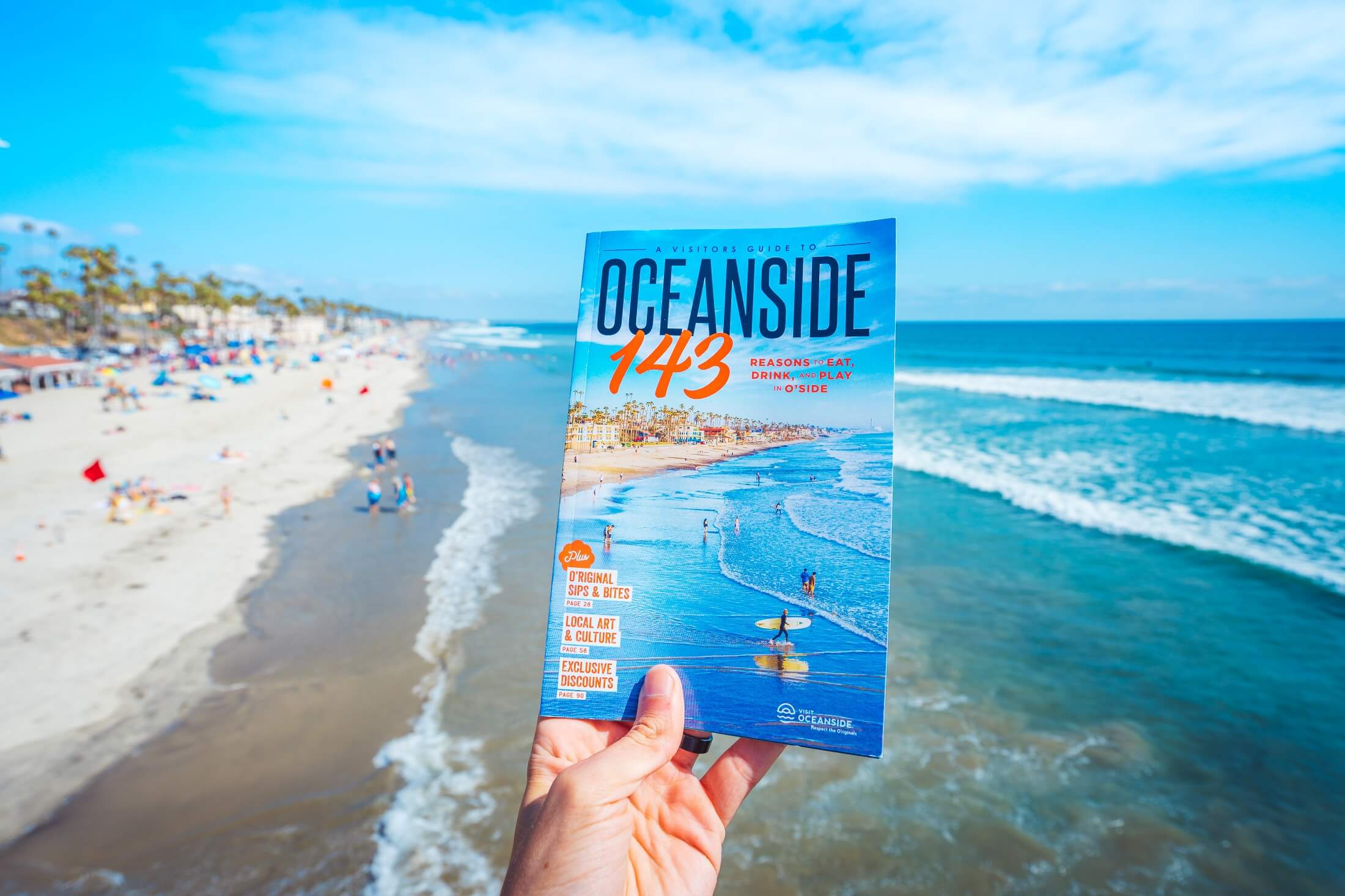
Covering Your Bases: How to Reach Visitors Online and through Print Materials
Tourism itself is an experience economy. Social media content and visitor guides are two elements of this experience economy that must work together.
It is important for DMOs to use their social media strategy and visitor guides as a way to give potential visitors a way to imagine an experience in the region. Through the use of social media, a DMO can create content and share information that brings more traffic to their area.
Social Media Practices
The changes in tourism as a result of COVID-19 have demonstrated the importance of the use of social media in tourism marketing. Social media allows DMOs to have conversations and share information with both their potential visitors and their local constituents. Through the use of social media channels, a DMO can:
- build and maintain communities of interest,
- collect user-generated content (UGC),
- display photography and videos,
- distribute topical news stories,
- emphasize current events and campaigns,
- encourage word-of-mouth recommendations, and
- get feedback
These goals are best realized by a DMO when the organization has a presence on all major social media platforms (Facebook, Twitter, and Instagram).
Social Media Content Strategy
A social media content strategy is designed so that DMOs can plan posts and content over a specific period of time. This helps the organization think strategically about its monthly, quarterly, and annual goals. DMOs should be scheduling 2-4 posts a week with at least one blog post per month (when applicable). Hashtags and tags should be used in posts to make the region’s DMO page more accessible and bring about a central message. Additionally, a unified voice should be maintained to create a consistent flow of content, all with the oversight of a peer review system to ensure all posts are kept professional and approachable. The DMO should also periodically check its analytics on their posts to see what performs well and what doesn’t, and adjust accordingly.
In the social media module of the DMO Development Course, Anne Robertshaw spoke on the importance of this relatively new form of marketing. She emphasized that no DMO is “too late to start social media platforms.” Her interview gave insight into how DMOs should use social media to promote their diverse regions while also highlighting of its product offerings.
Visitor Guides
Visitor guides are complementary — and essential — tools for communicating with a destination’s audience and appealing to potential visitors. Think of it as the ultimate advertising booklet for your destination: a good or bad visitor guide can make or break your marketing efforts.
When creating a concept for the optimal visitor guide for your region, consider having a compelling cover that will draw the eye of visitors — one that tells a story about your destination. In coming up with potential content to add, be sure to interview important people in the service community (i.e. chefs, artists, historians) to not only highlight the amazing people in the region, but also indirectly advertise their businesses.
It is also critical to include a map in the guide. With a well-detailed and visually appealing map, the visitor guide will create a sense of place and orientation to those who read it. This map can also be used by the DMO to highlight attractions, businesses, trails, art districts, and any other sites in the region. Map making is a great tool to bring tourism stakeholders together to create a tangible project
In Solimar’s Week 12 Module on Visitor Guides through our virtual DMO Development Course, Ronda Thiem and Katy Spining of Madden Media spoke on the importance of visitor guides. Spinning stated that to make a good visitor guide, there should be extra pages that allow for the publication of “authentic experiences of your destination with potential visitors.” Additionally, Theim recommended interviewing local community members about their favorite attractions in the destination. For instance, an interview with a chef from the community will entice visitors to visit the local restaurants that have been recommended.
Much like social media marketing, visitor guides have to be authentic and represent the core message of the DMO — and the destination itself. Be consistent and use a unified voice through the messaging sent along via social media and visitor guides so that visitors can set their expectations. After that, trust that the destination’s attractions and stakeholders will offer products and services that help these expectations to be exceeded.
